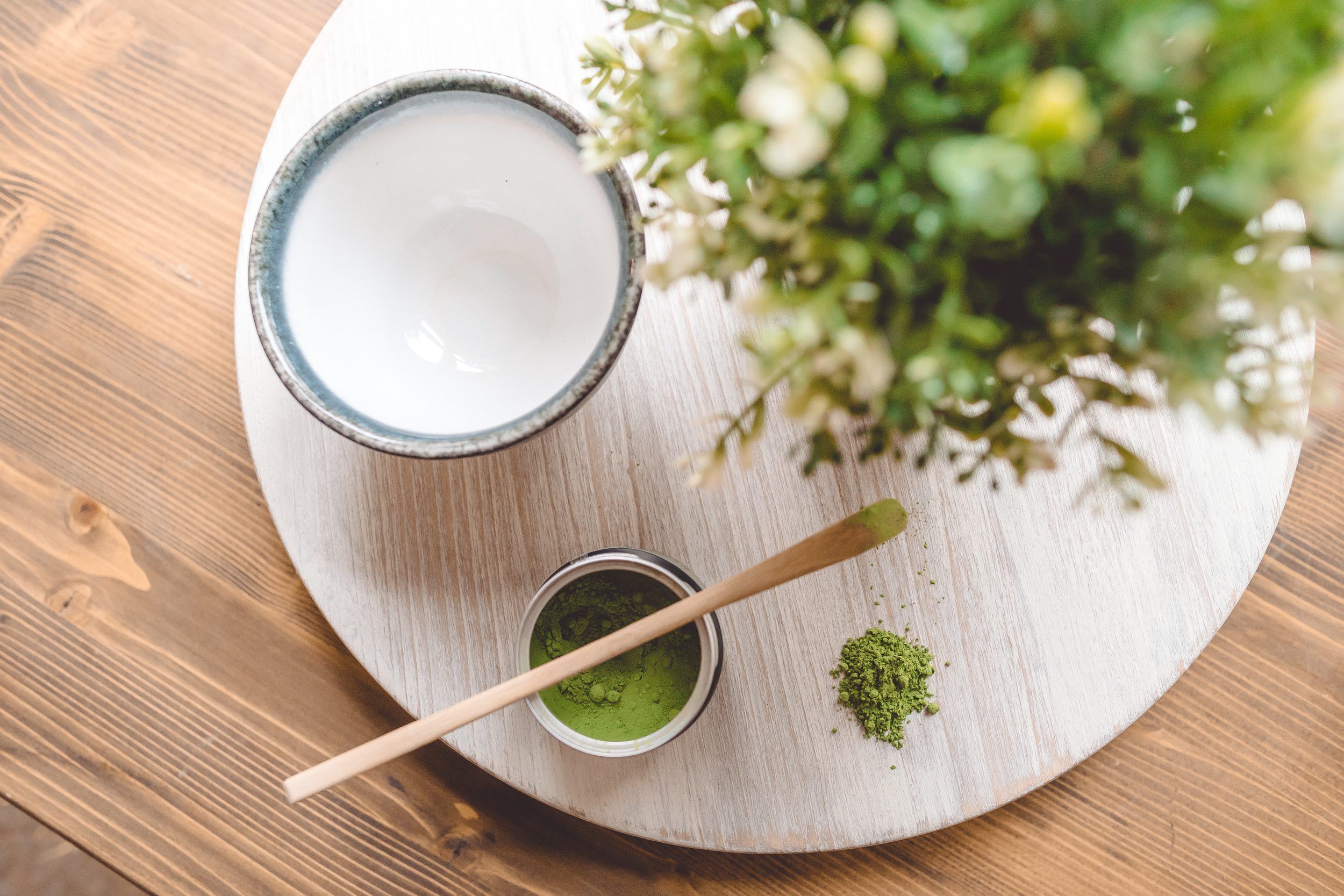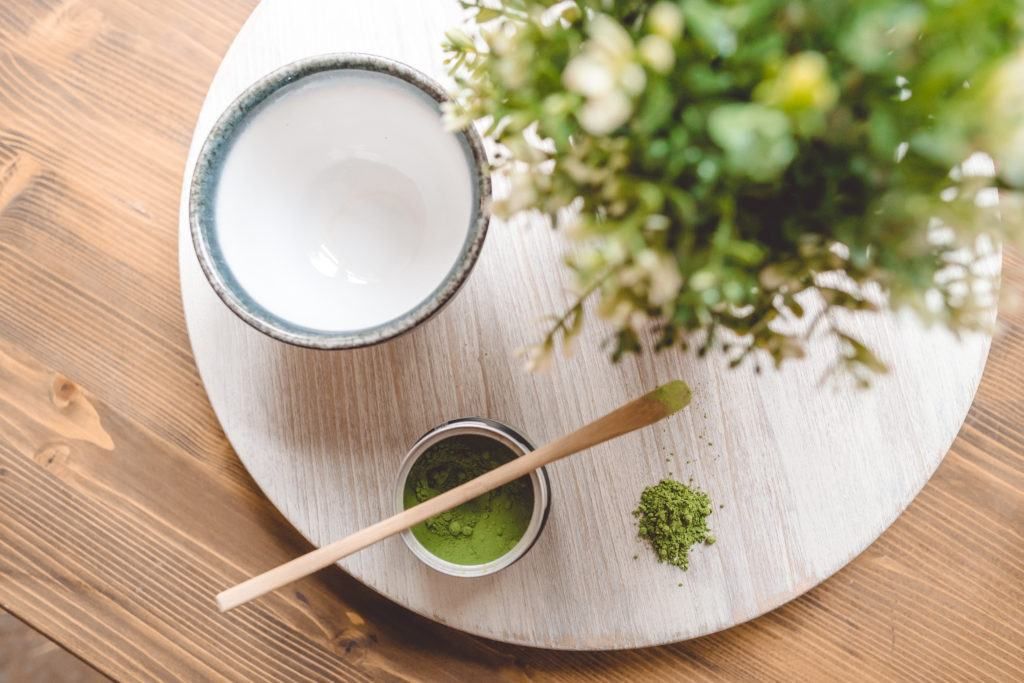As photographers, we often specialize in that “one thing” we’re good at. It’s not bad; in fact, I do it as well. “Hey, I’m Ludmila, and I’m a portrait and vacation photographer.” Sounds more fancy, right? But the truth is, diversification of your portfolio is as necessary in photography as it is in business. If you’re approached by someone to do a product shoot, what would be your answer? What if someone recommended you? Clients read your references, and they’re excited to work with you. And if you don’t take the job, someone else gladly will.
Everyone’s stressed about approaching new photography challenges. I’ll guide you through the whole process, so you will handle your first “product” inquiry as a master!
Today, we’ll cover the following:
- The difference between portrait and product photoshoots
- Reasons why product photoshoots are important for businesses
- How to talk to your client before the photoshoot
- The types of pictures you shouldn’t forget
Recommended Reading: If you’d like to improve your composition skills for better images, grab a copy of Photzy’s best-selling premium guide: Advanced Composition.

Photograph by Ľudmila Borošová
Why Do Businesses Need Product Pictures? How Is It Different From Usual Photoshoots?
When approaching a new problem, it’s best to look at it from the end. Why do businesses hire photographers in the first place? Compared to an individual, they’re often investing much more money into the photoshoot, so do they have different expectations?
First of all, you need to realize there are different reasons behind the photoshoot as well as the audience who will be viewing the results. When shooting individuals, you’re working with something dynamic. You can work on their makeup, appearance, clothes, and facial expressions. You can also focus on the vibe of the picture, how the person looks, and what is going to be the emotional value in the pictures. You can also think about the audience; for example, will this person use their picture for social media for friends to see, or even print it out to give to close family and friends?
You need to realize there are different reasons behind the photoshoot as well as the audience who will be viewing the results.
On the other hand, product pictures are static by nature (but no one says you can’t make them dynamic!). You have to be in charge of how the product fits into the environment and how it delivers the message of the company. It’s not for personal use. It’s for a business, just like yours. Imagine yourself owning a website and trying to increase sales on your new product. Close your eyes. What kind of pictures do you see? Are you ready for these pictures to be on a website? In a magazine? Press release? All over social media? E-shop?
You see, as much as you struggle with a “consistent” message of your photography, businesses struggle with their products in the same way. You’re there to help them achieve the look they’re going for. It’s going to be their promotion, their e-shop picture, their form of marketing, their merchandise – and it needs to reflect their purpose.
How would I describe what I was going for in my first product photoshoot? Clean and modern, and at the same time reflecting quality, ritual, and traditions.
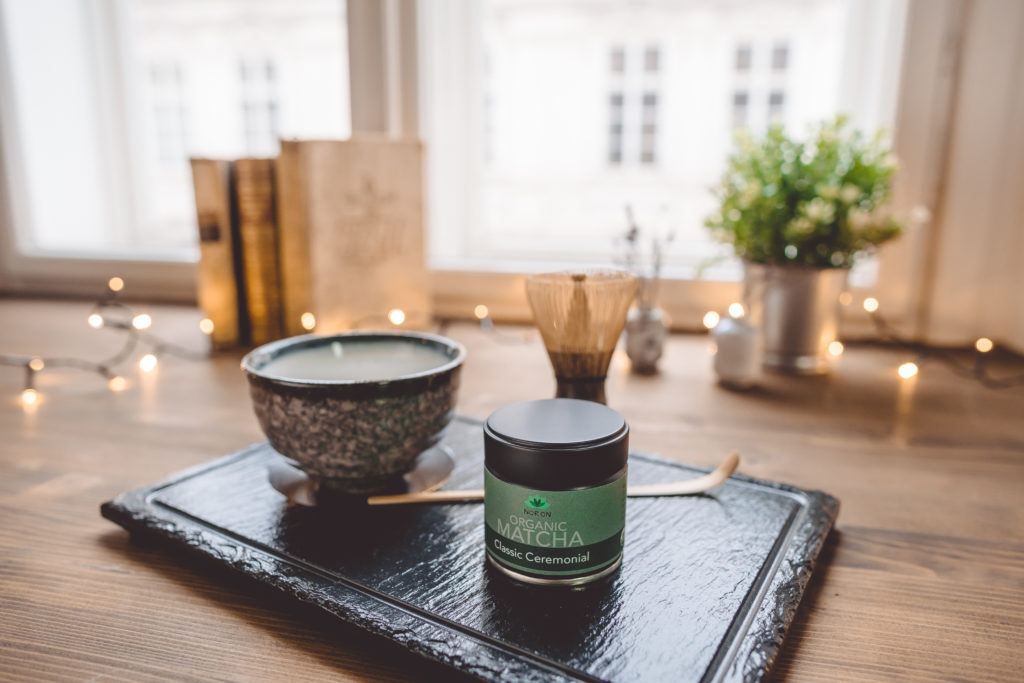
Photograph by Ľudmila Borošová
I’ve Been Asked To Do a Product Photoshoot… What Do I Do?
Hooray! An inquiry for a photoshoot that will get me out of my routine! What now?
Be Honest
The most important asset between you and your client is trust created by honesty. Express your gratitude and show them your latest product portfolio. Let them know how you work and if you’re a good match. What if you’ve never shot anything? Be honest about it and give them a discount. Chances are that it’s not a big corporate business with thousands of regulations. It’s more likely to be a small start-up or a local business. They will give you great insights and most importantly a great chunk of their time, working together to achieve the best results. So why not help each other out and work on this?
Discuss the Necessities
It doesn’t matter whether you set up a meeting or discuss this prior via messages, but you need to be sure what you’re shooting for. Make sure to discuss these points:
- Where would you like to post the pictures? It’s different styling for an e-shop picture or a header. Try asking specific questions to get specific answers.
- What is the resolution you will be using? Sometimes you’ll need to crop the pictures and be aware of it.
- How many products do you have? Ask them to send you pictures so you’re prepared.
- What’s your company’s mission and vision? Knowing the purpose of someone’s business can set the right vibe.
- If you could describe your product in five words, what would it be? Again, these small questions will help you understand what they’re looking for in a picture.
- Do you have any product photos that you like? It’s good to have a picture of what your client sees as good photography.
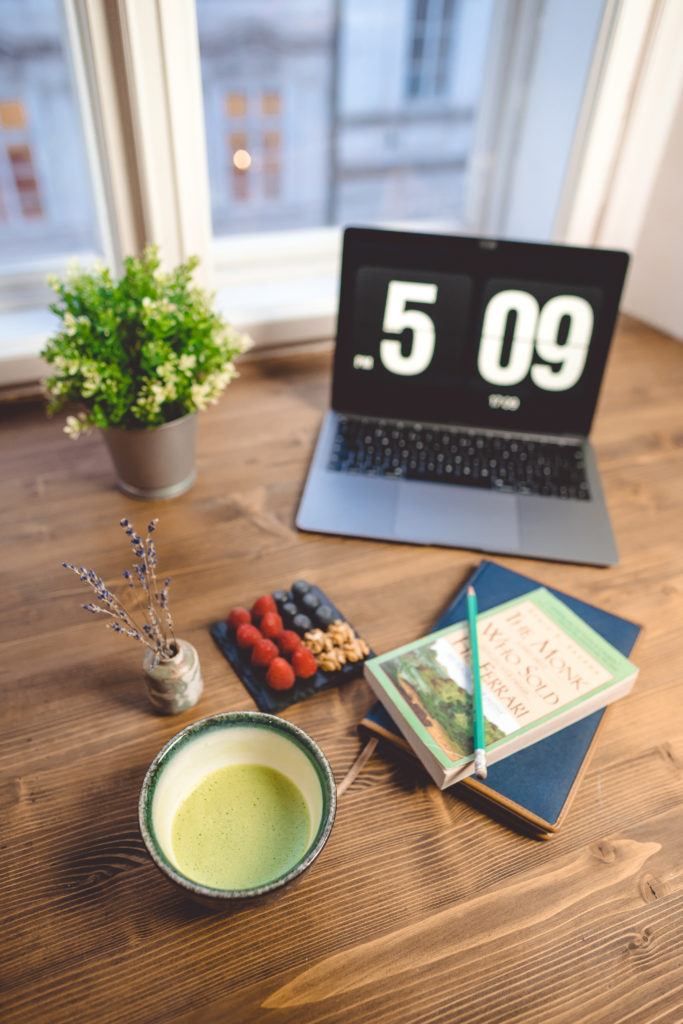
Photograph by Ľudmila Borošová
My client imagined her ideal customer as someone who’s hardworking and cares about their lifestyle. While we borrowed the desk and flowers from the studio, she wanted to use a snack and her laptop with books to create a working environment.
Find the Right Place
I’m lucky to live in a big city with lots of opportunities. Through my first client, I discovered a “flat lay” studio designed for product photography. It has the right lights, big windows, and all the accessories you can think of (plates, flowers, books, table covers – you name it). I discussed the pricing with my client and decided to go for it, as it was the best option for my first time!
The most important asset between you and your client is trust created by honesty.
If you’re not so lucky and you need to create your own flat lay, don’t worry. It means two things:
- There isn’t a studio and maybe it’s a perfect entrepreneurial idea for you!
- You’ll need to be a bit more creative at home with a solid surface, a few accessories (your client can bring what they like as well), and maybe string lights, a reflector, or a soft box. You can also just use natural light!
Now that you know where you’d like to shoot, the kind of accessories needed, the kind of mood you’re setting, and what the final result will be, you’re good to go.
In the Studio: Tips and Tricks
Let me walk you through my photoshoot in a way that you’ll understand my thinking process. After a few minutes of getting to know my client in real life and exchanging small talk and great business insights, we got to work. Here are some things that definitely helped me in creating the best outcome:
Get To Know Your Client
As we were about to spend a few hours in the studio together, it was comfortable to dedicate some time to talk about what we’re up to and what we have in common.
Ask for Advice
Don’t be ashamed to ask for advice. It’s not unusual that there are owners in the studio who are ready to help you out. You can ask what light they recommend shooting with, what’s the usual setup, or what they love the most about their place. Sometimes you get really handy and genuine tips! In the end, they are the ones who built it.
Organize What You Have
Before you start working, take a few minutes to put all the products on one side, and all the accessories right next to it. If you find anything interesting in the room, add it to the pile. Now you’re sure what you can work with.
Prioritize With Light
Start with the photo project that mostly needs natural light.
Create Variety for Your Client
Set up a tripod and create pictures in the same style for every product. I chose at least two versions for every product, just so my client could choose what fits their website in a better way. This company was selling different Matcha boxes, so we made sure that we photographed every possible combination.
Recommended Reading: If you’d like to improve your composition skills for better images, grab a copy of Photzy’s best-selling premium guide: Advanced Composition.
This is how I made sure that flat-lay product pictures would have a good variety:
Take 1. The product is in the middle, so it’s easy to cut when needed.
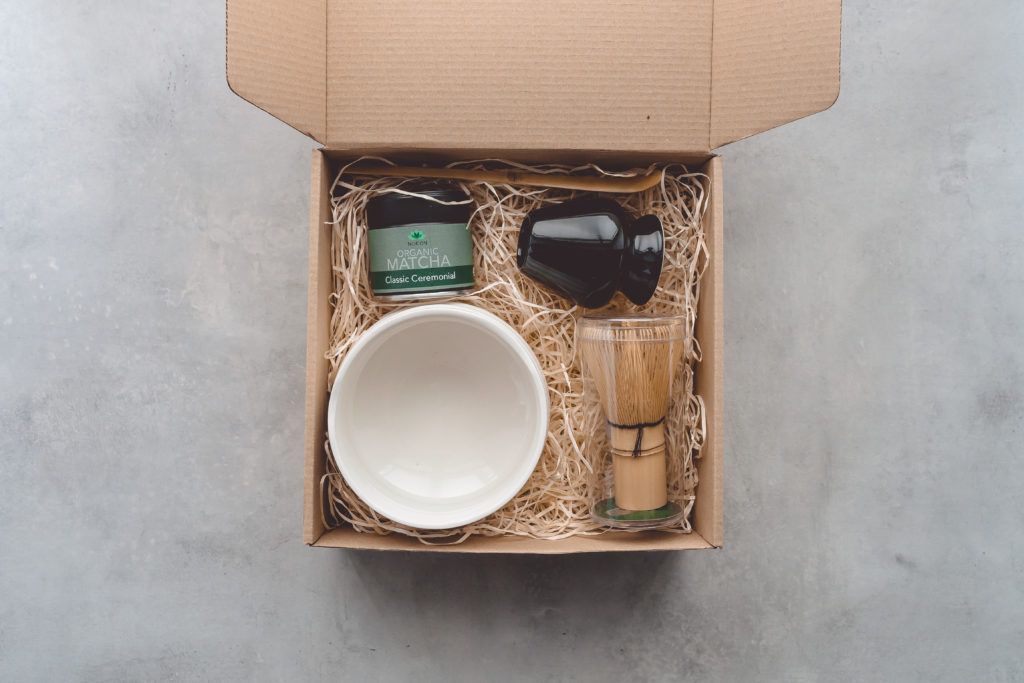
Photograph by Ľudmila Borošová
Take 2. The product is tilted a bit, so it looks more natural.
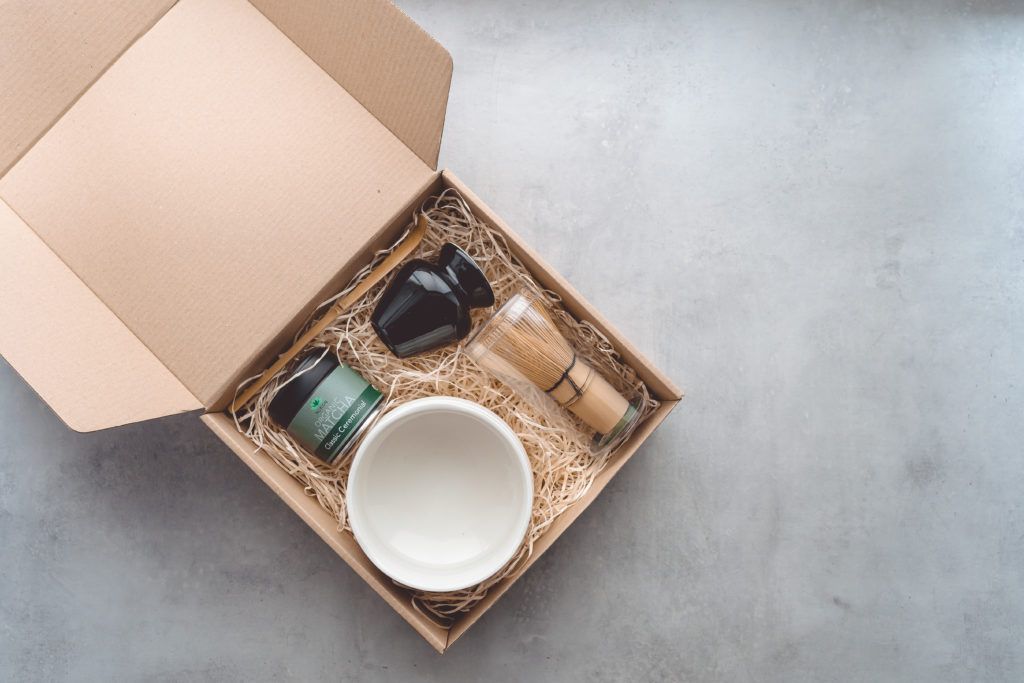
Photograph by Ľudmila Borošová
Take 3. All products are at a different angle, with a low f stop.
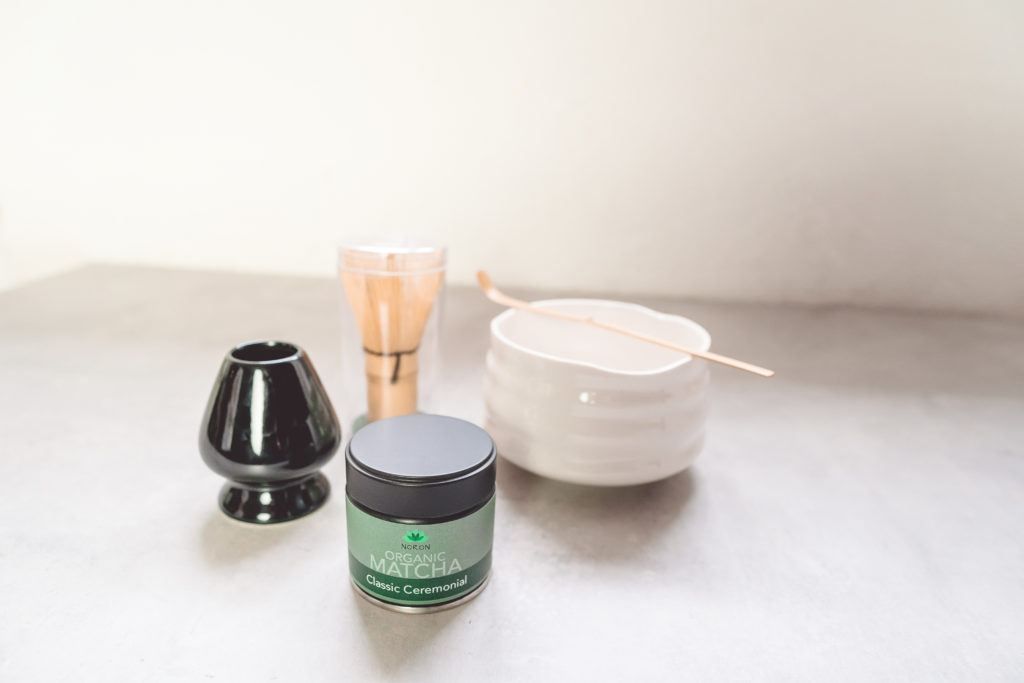
Photograph by Ľudmila Borošová
Take 4. All products are at a different angle, with a high f stop.
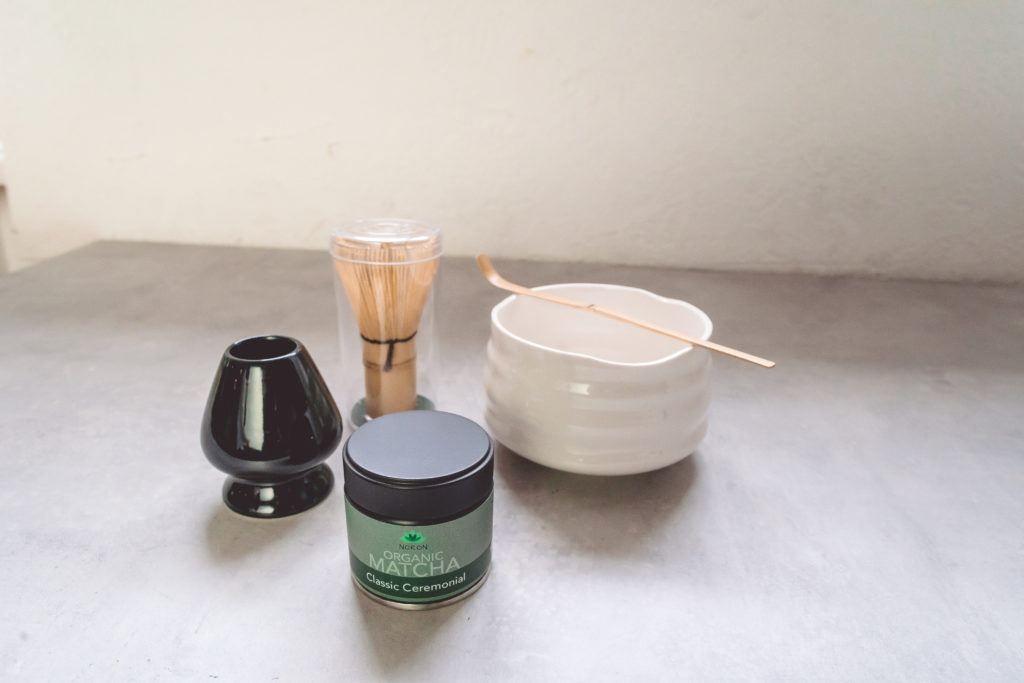
Photograph by Ľudmila Borošová
Think for the Future
I suggested to my client that we take a picture of every element individually just in case she decided to sell everything separately. Now it serves as a good photo to introduce everything that’s inside the box.
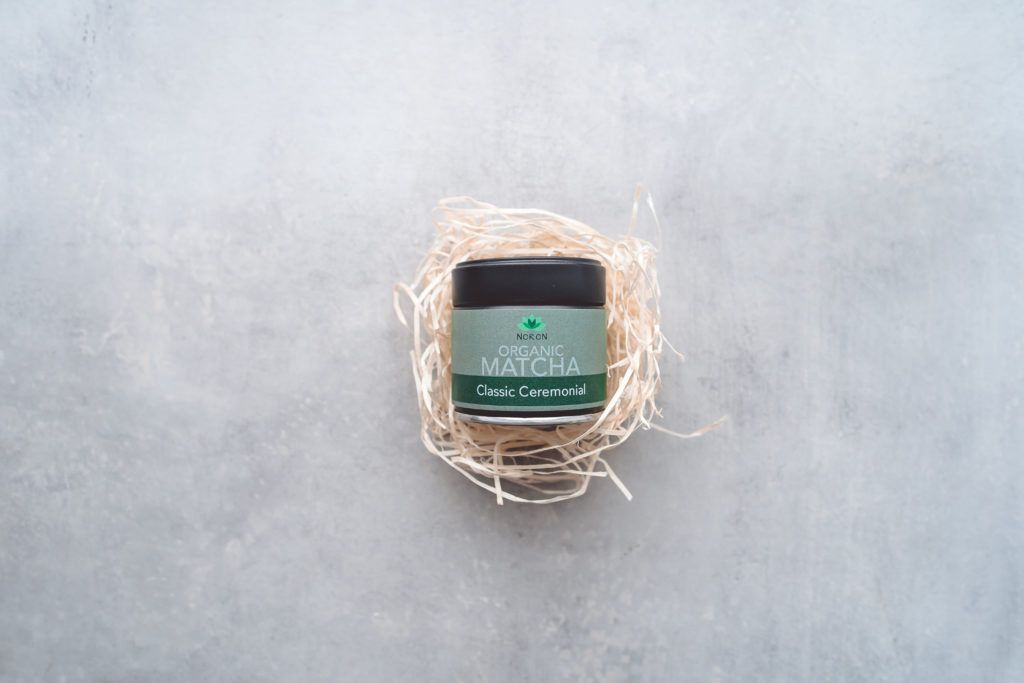
Photograph by Ľudmila Borošová
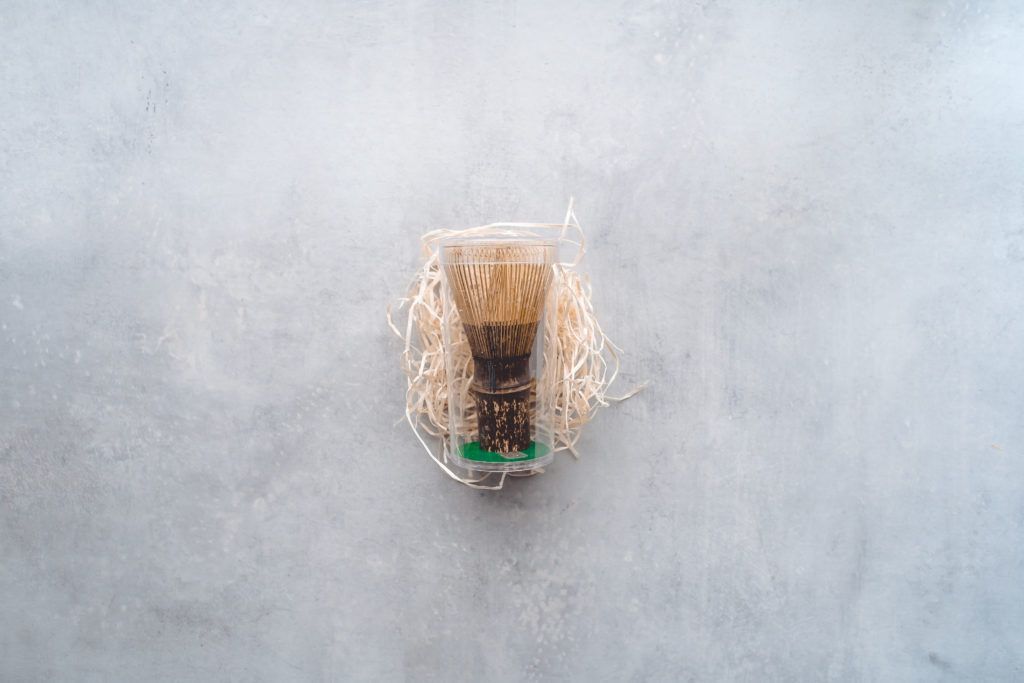
Photograph by Ľudmila Borošová
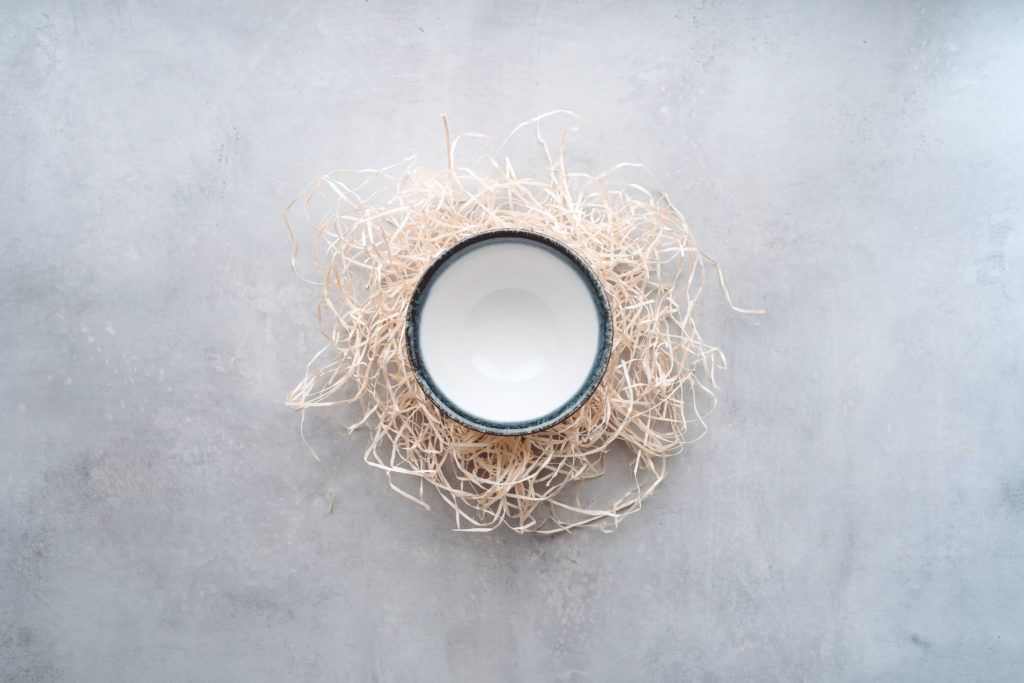
Photograph by Ľudmila Borošová

Photograph by Ľudmila Borošová
Bring the Product to Life
It’s boring to look at a closed can. You wouldn’t even know if it was the product! That’s why I decided to take a few pictures showing the product at its best.
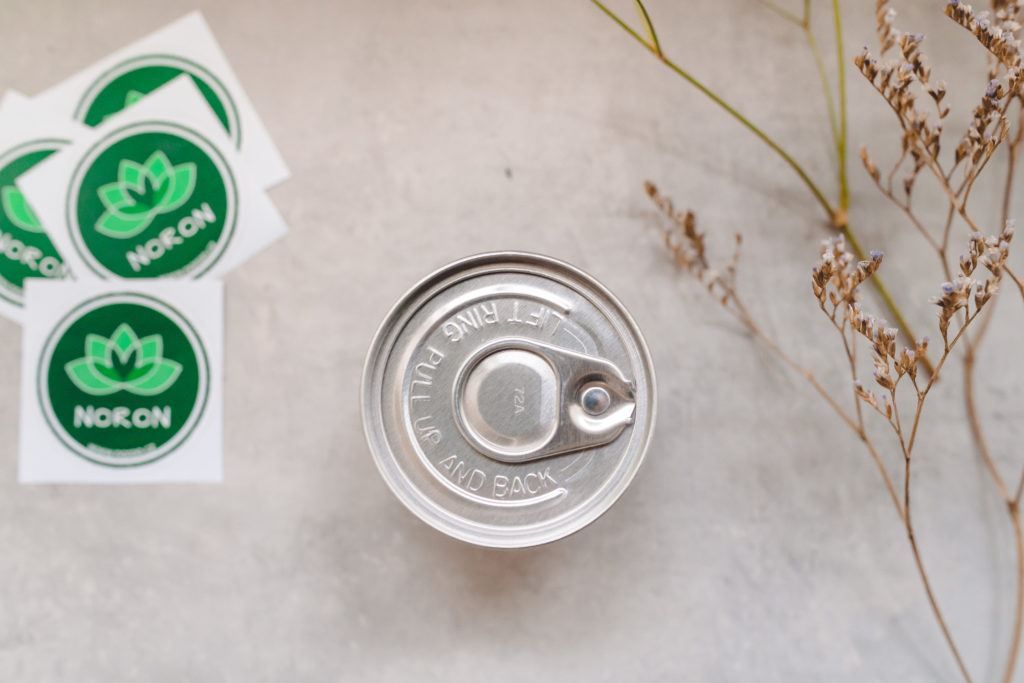
Photograph by Ľudmila Borošová
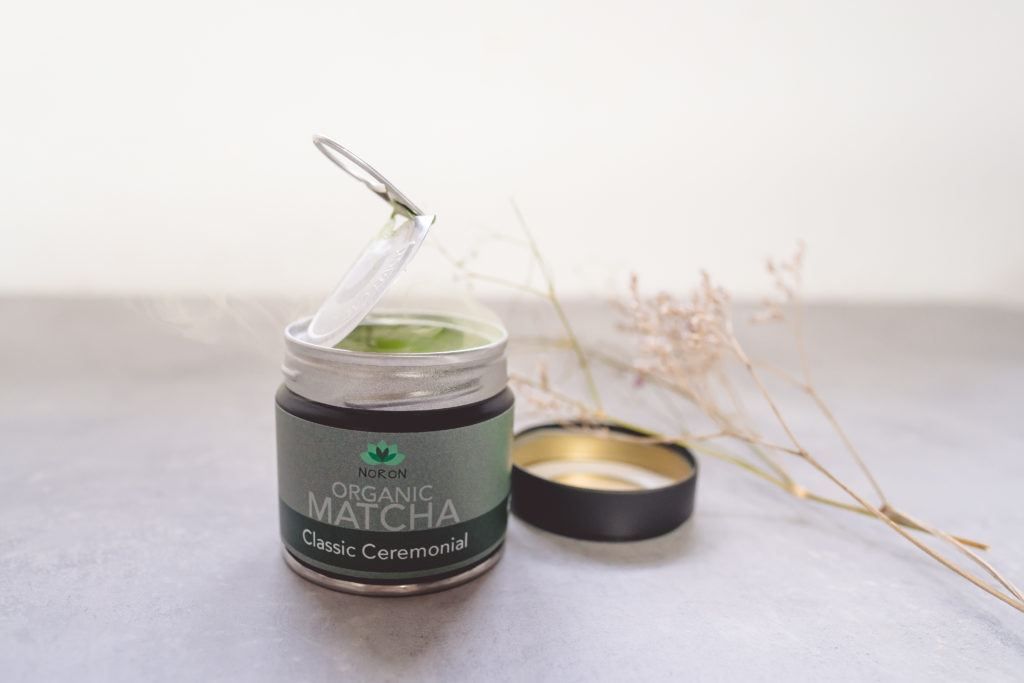
Photograph by Ľudmila Borošová
Get Some Lifestyle Pictures
There are never enough of them! They’re ideal for social media, web headers, or any fill you need. There is never a right or wrong way with them, so just play with what you have in the room!
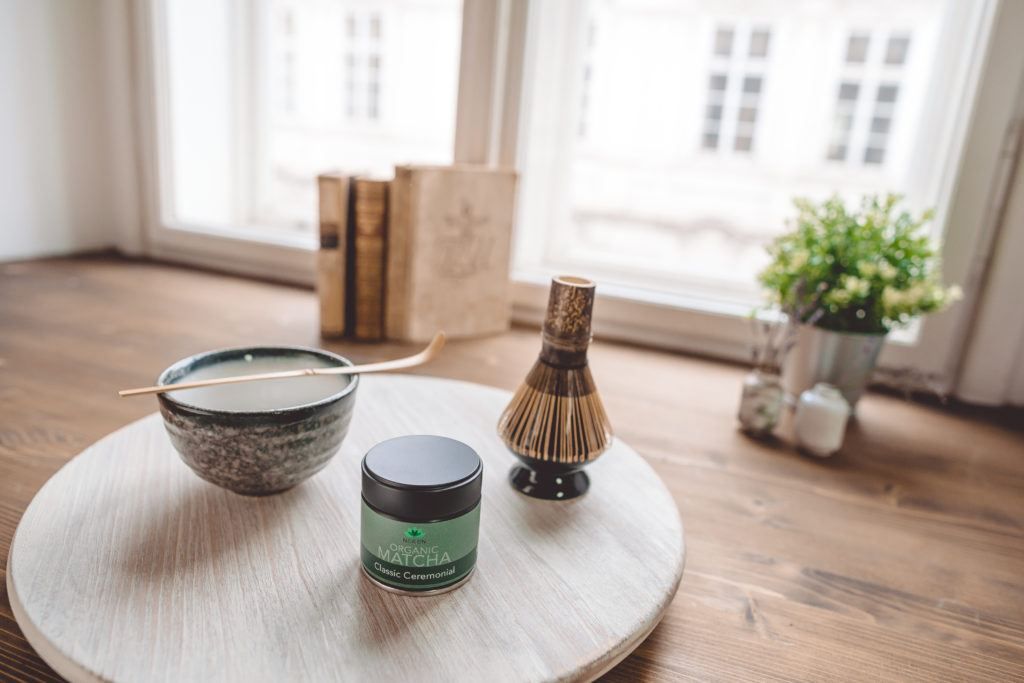
Photograph by Ľudmila Borošová
Recommended Reading: If you’d like to improve your composition skills for better images, grab a copy of Photzy’s best-selling premium guide: Advanced Composition.
Put the Product Into Action
In my case, it was a Matcha, so why not make one? It’s a win-win for everyone. The owners truly enjoy their craft, so I could take pictures of the whole process and afterwards even try one!
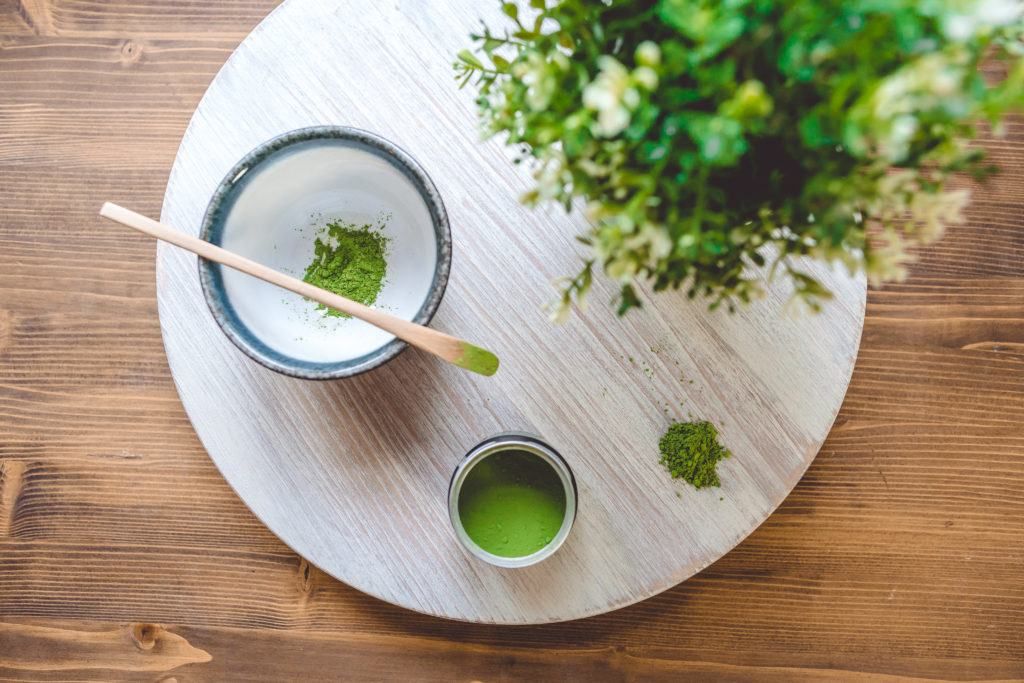
Photograph by Ľudmila Borošová
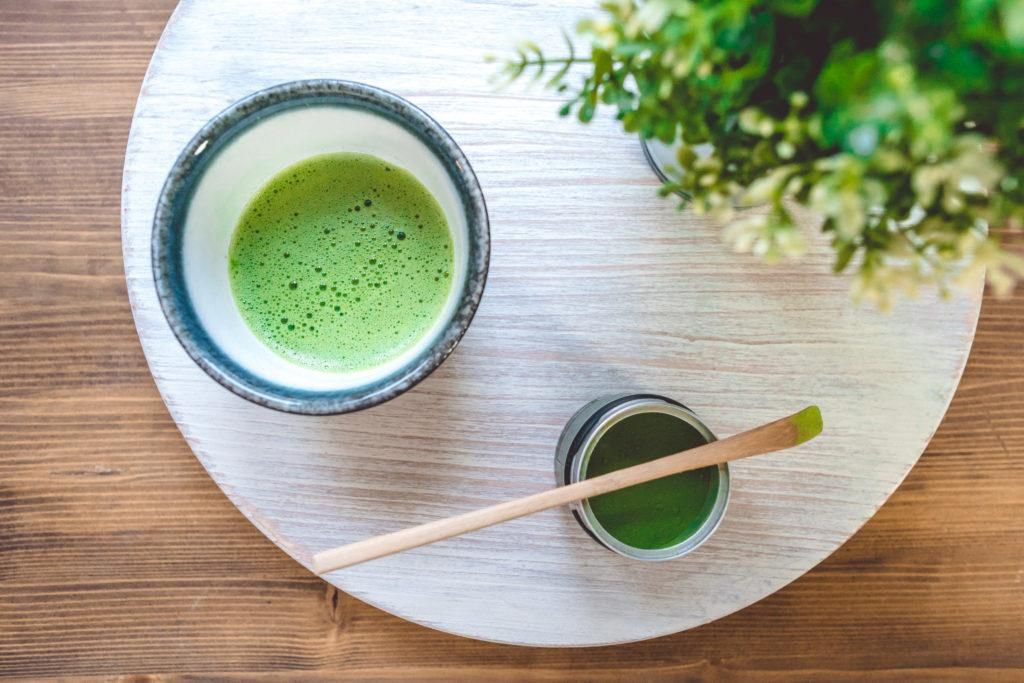
Photograph by Ľudmila Borošová
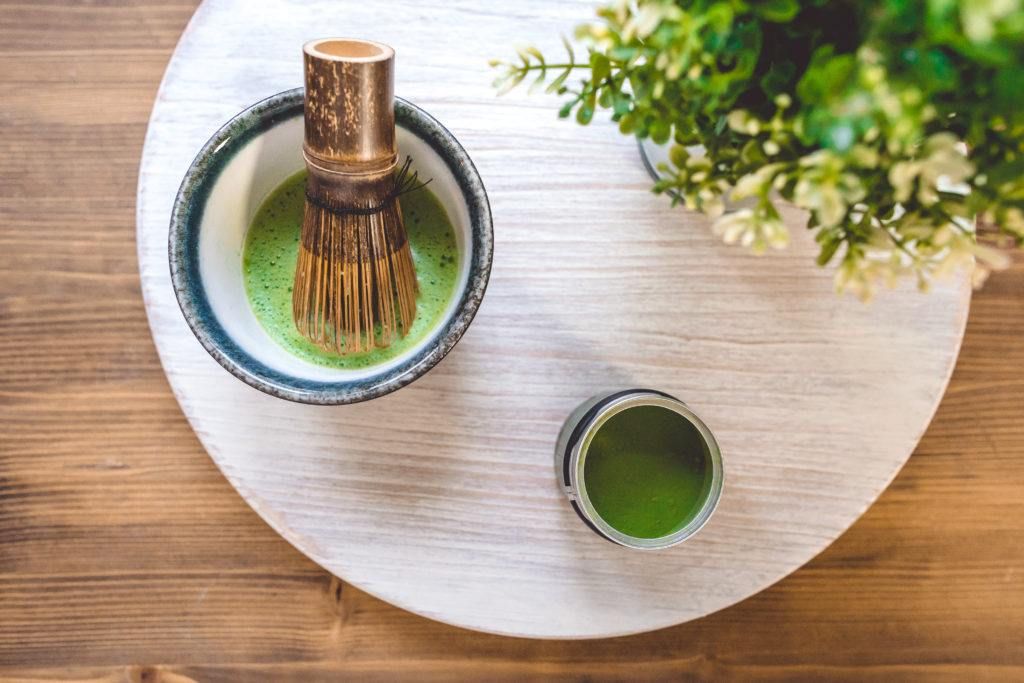
Photograph by Ľudmila Borošová
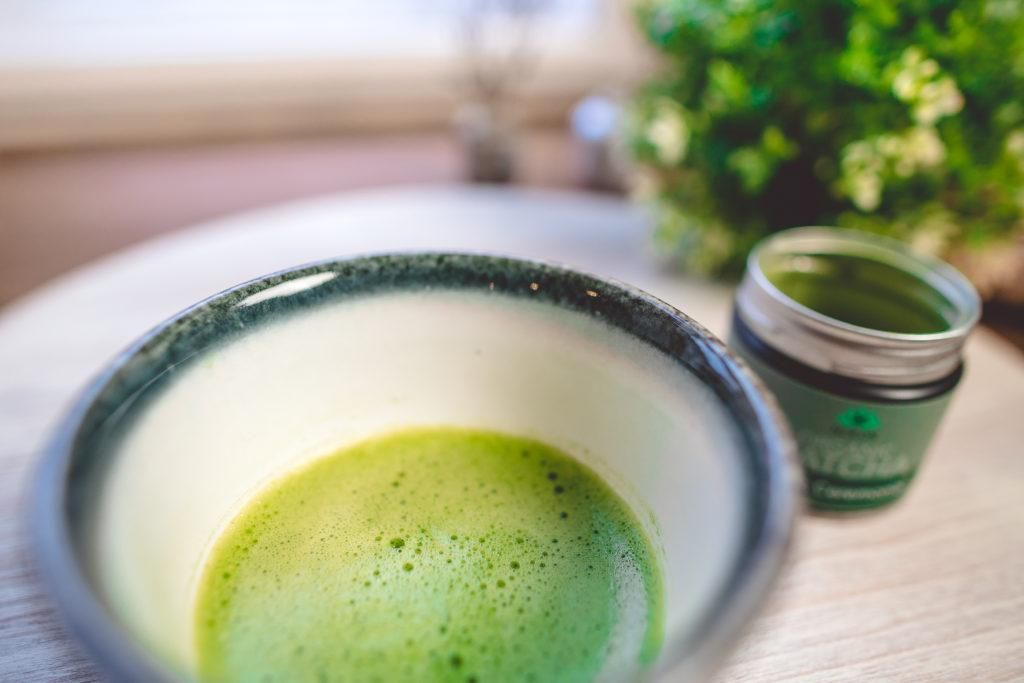
Photograph by Ľudmila Borošová
Edit the Colors Correctly
It’s important to compare your before and after shots. It’s very likely that people will buy the product depending on your photography, and you don’t want them to be disappointed because the colors aren’t real.
It’s important to compare your before and after shots.
Remember, working with other small businesses is a pleasure and it’s always handy to know entrepreneurs in your area. Do you have any friends that are just starting a business? Ask them if you could take some pictures for free to practice. Trust me, they won’t turn down such a great opportunity! In fact, this was my first paid product photoshoot, but my first product photoshoot was for my best friend starting a company with airtracks. You never know what the next product will be!
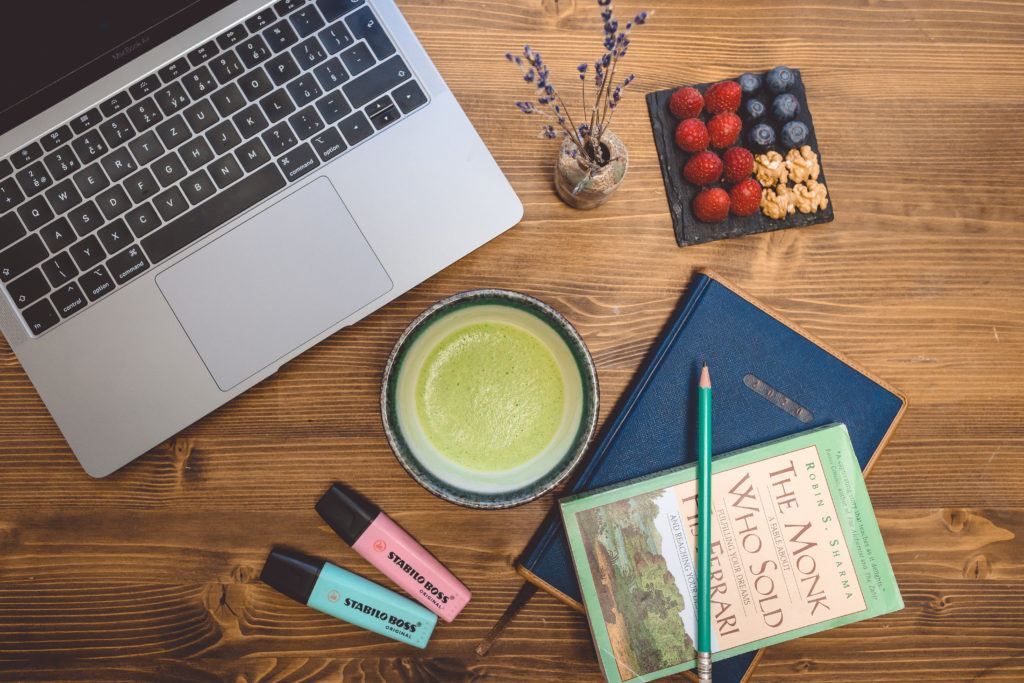
Photograph by Ľudmila Borošová

Photograph by Ľudmila Borošová
Self-Check Quiz:
- How would you explain product photography as a “static” discipline?
- Name at least five ways that good product photographs can help one’s business.
- What questions should you ask your client in advance?
- Why is it important to know the mission and vision of the company?
- What is a flat lay studio?
- Do you need to buy all the accessories yourself?
- Name at least three types of pictures you shouldn’t forget to make in the studio.
- What are lifestyle pictures good for?
- What is a common editing mistake?
Shooting Assignment:
- Look around your home and find a product made by a brand you really love. Find accessories that could suit its vibe and set yourself a timer for an hour. What kind of product pictures can you create with all you have available?
- Create a small portfolio out of the pictures you’re satisfied with. They’re handy for any future inquiries.
- Find the closest flat lay studio in your area and keep a note of it. It’s always good to know!
- Write to a small business in your area that you’re comfortable with and ask for a test shoot.
- Edit the pictures and compare if the change of colors affected the product.


